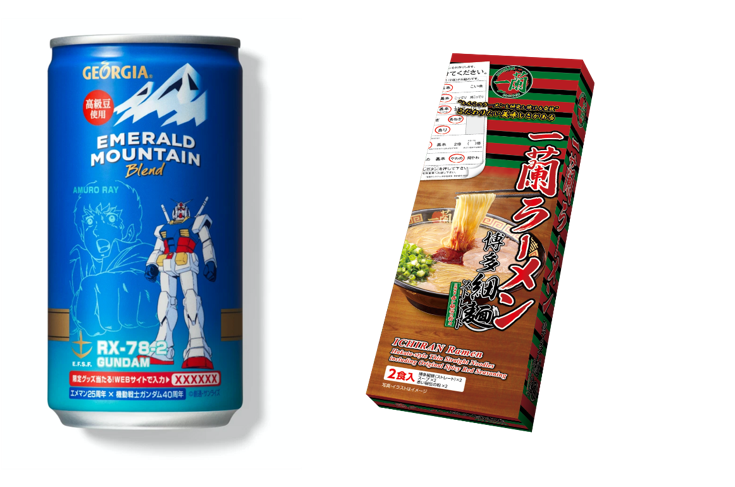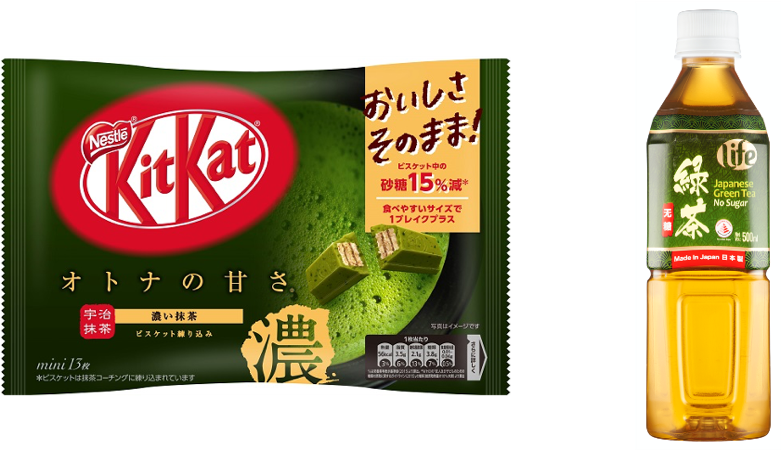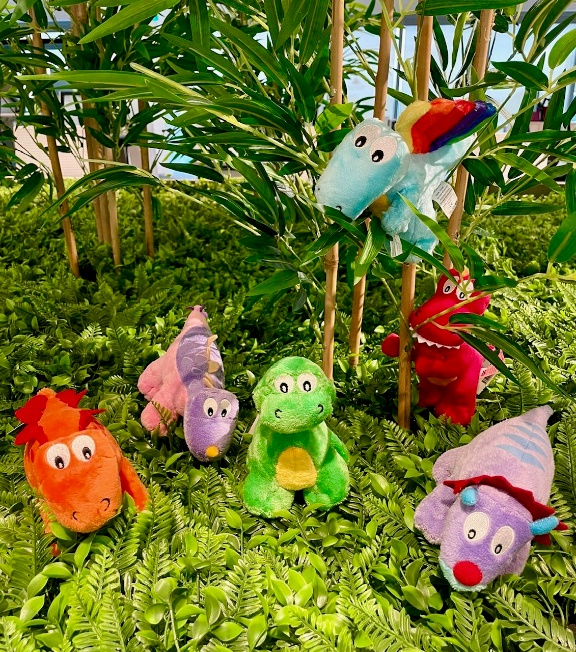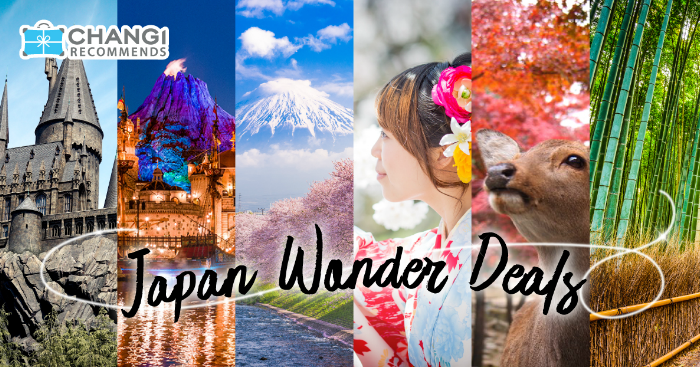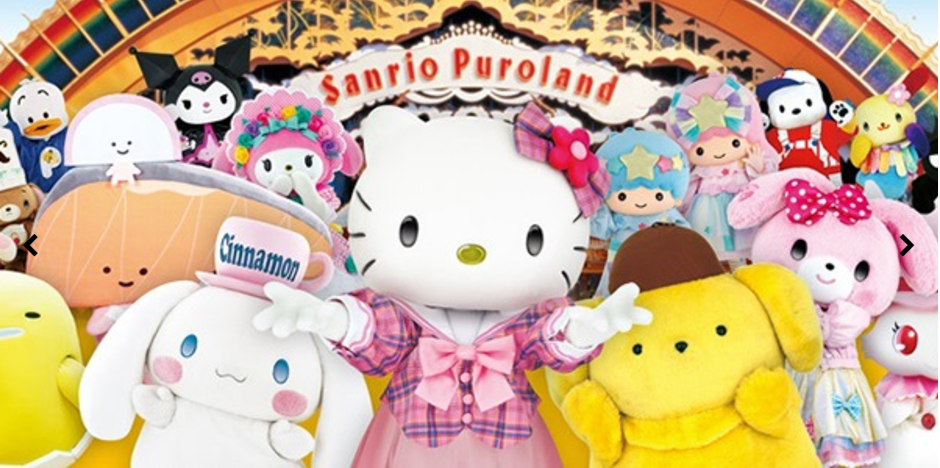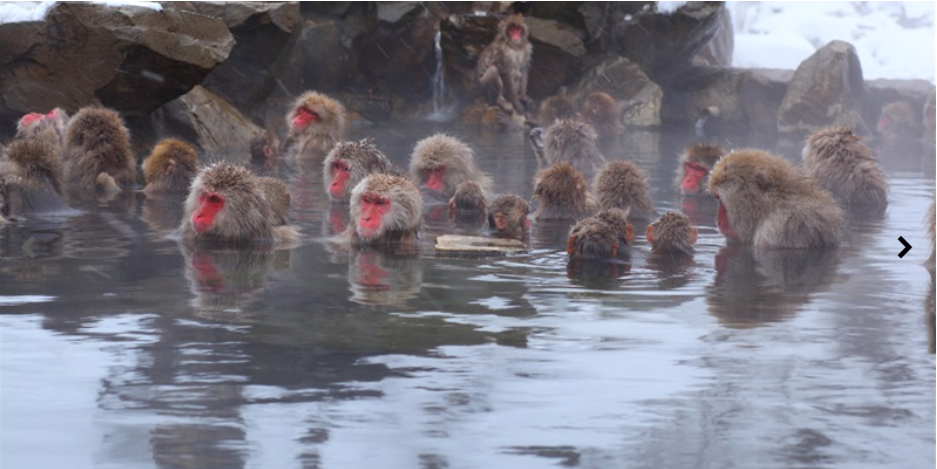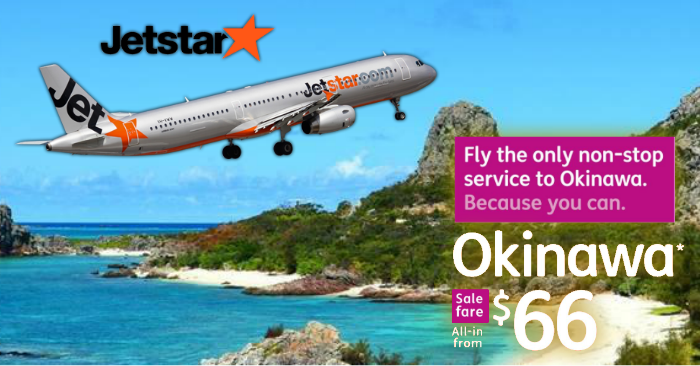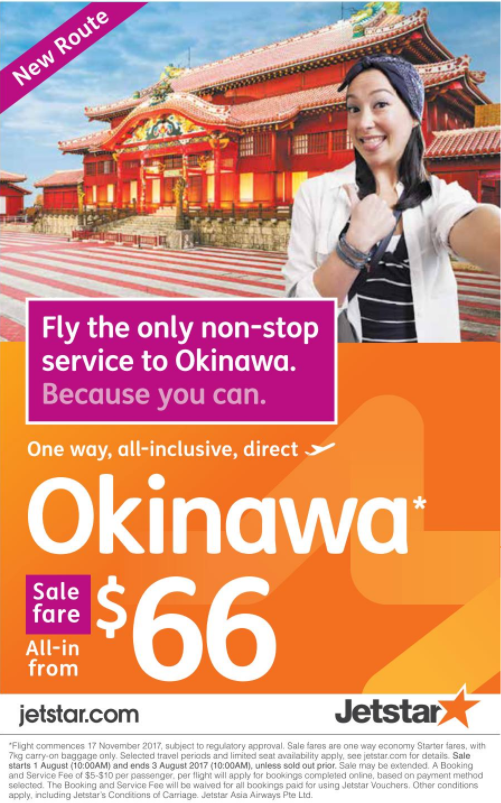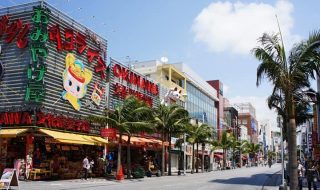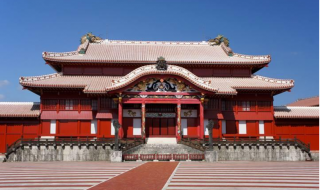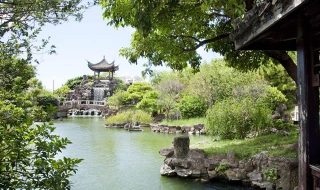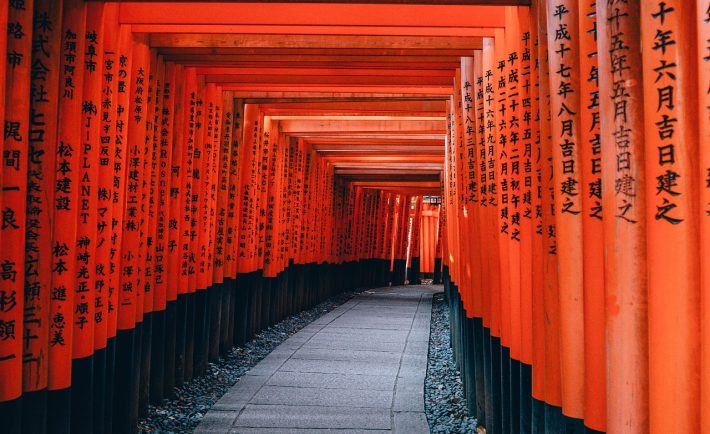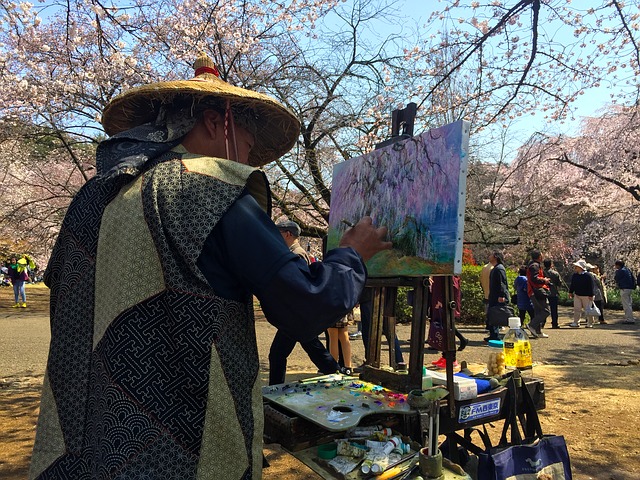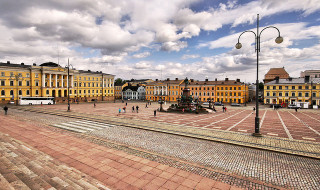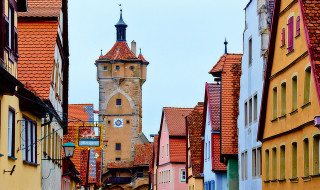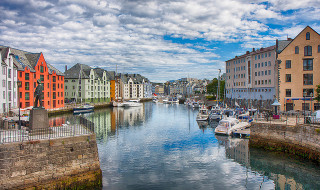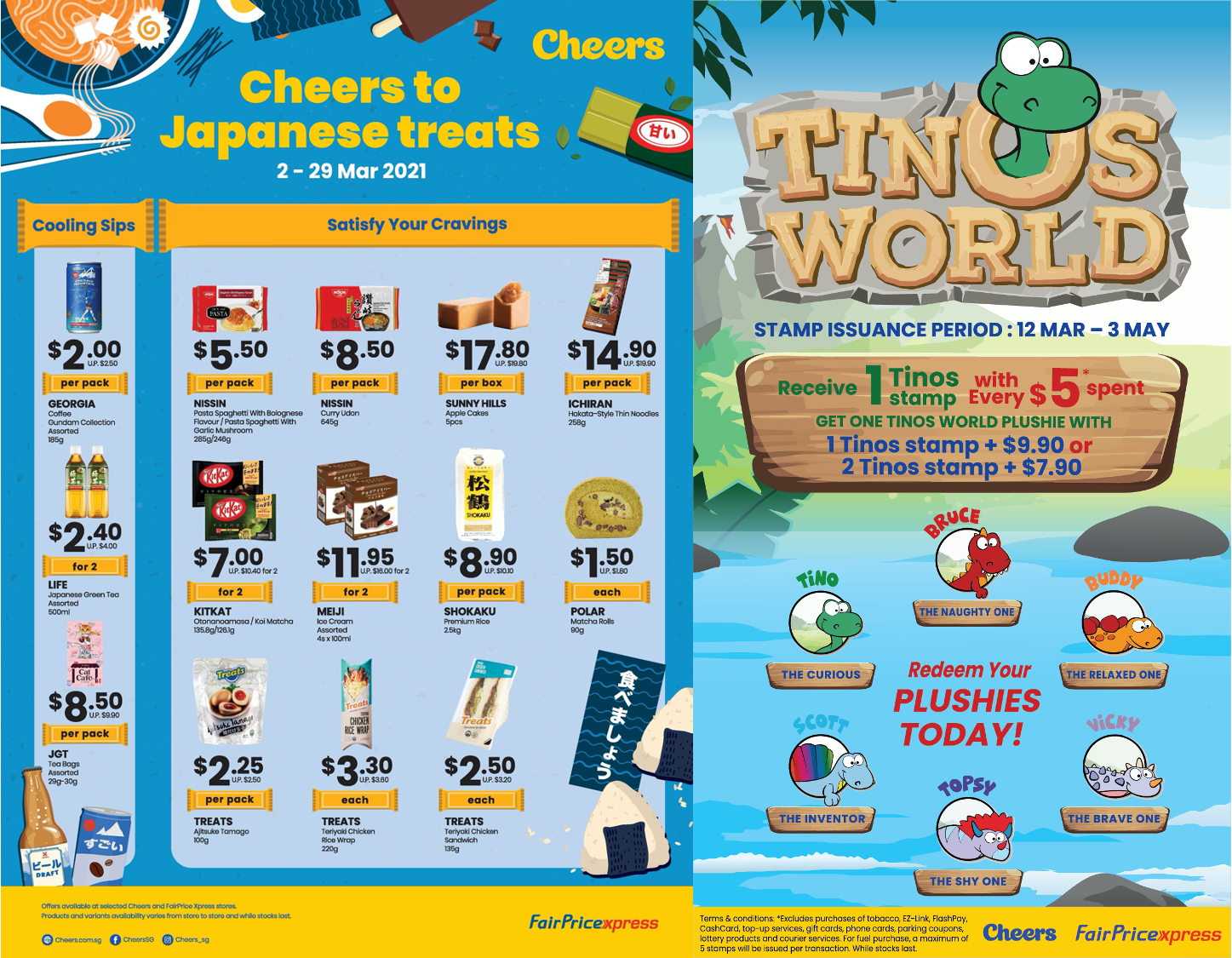
Missing the Land of the Rising Sun? Here on the sunny island of Singapore, you will find a mini Japanese paradise at Cheers! From 2 to 29 March 2021, Cheers is hosting a Japan Fair, bringing you exciting items from Japan, from anime-themed coffee to adorable tea bag holders, ramen to Kit Kat and ice cream! With more than 160 Cheers outlets across Singapore, most operating 24/7, you can satisfy your Japanese hankerings anytime, anywhere!
This Japan Fair brings you treats from Japan you can get your hands on:
Georgia Coffee Mobile Suit Gundam Collection: Talk about the perfect mashup — to celebrate the 40th anniversary of Mobile Suit Gundam, Georgia Coffee has teamed up with animation studio Sunrise Inc to launch limited-edition merchandise and coffee-can collectibles! Each coffee can comes with a Gundam sketch, which bears the name of the pilot. Also, relish the unforgettable richness and aroma of the perk-me-up: Georgia’s Emerald Mountain Blend, enhanced with slightly sweetened milk. An offshoot of Coca Cola Company, Georgia Coffee is the world’s first ready-to-drink coffee brand first launched in Japan in 1975. Today, it is the world’s No. 1 ready-to-drink coffee brand.
Ichiran Hakata-style Thin Noodles: Missing Japan and the taste of its famous Ichiran ramen? Here is your chance to enjoy a delicious bowl of Ichiran ramen right in the comfort of your home. “Ichiran (一蘭)” is a popular Fukuoka-based ramen chain offering Hakata-style Tonkotsu ramen with pork bone broth soup, with many branches in and outside of Japan. The noodles are Hakata-style thin straight noodles, which are produced by experienced noodle artisans using special, rare wheat flour. These noodles have a pleasant chewy, slippery texture and the soup broth is characterized by its outstandingly rich umami taste, created through a process of trial and error. The secret of the success of Ichiran’s ramen lies in the secret red powder which is a mix of various kinds of spices in addition to Ichimi Togarashi, resulting in an exquisite taste balance.
KitKat KOI Matcha: Made from the rich, high-quality matcha of Uji, Kyoto and with twice the Uji matcha than previous editions! In the product name, koi means ‘strong-flavoured’, if you love intense flavors, you definitely won’t want to miss this latest Japan-exclusive offering.
Life Japanese Green Tea: A healthier choice of Green Tea made in Japan with no sugar added. Drinking green tea has been shown by studies to be beneficial to health because of the goodness in green tea catechins. Grab a bottle and enjoy its light yet refreshing taste!
Other than the above-mentioned products, Cheers also carries a wide selection of treats and snacks that will whisk you away to the heart of Japan. Quell hunger pangs with delicious Ajitsuke Tamago, Teriyaki Chicken Wrap and Teriyaki Chicken Sandwich!
Exclusive Tinos World Plushies to Collect
And from Japan to a fictional world of animals — Tinos World has teamed up with Cheers and FairPrice Xpress to create an exclusive line of plushies. There is a total of six plushies to collect: Tino the Curious, Bruce the Naughty One, Buddy the Relaxed One, Vicky the Brave One, Topsy the Shy One and Scott the Inventor.
Collect all 6 dinosaurs today! Simply spend S$5 in a single receipt and receive 1 Tinos sticker. To redeem 1 plushie, collect 1 Tinos Sticker and top up S$9.90, or collect 2 Tinos Stickers and top up S$7.90.
Cheers’ Tinos World campaign will run from 12 March to 3 May 2021.

